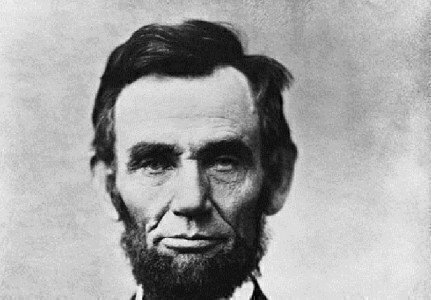January 1 is one of the most noteworthy days in American history, marking President Abraham Lincoln’s decision to issue the Emancipation Proclamation.
President Lincoln altered the course of the Civil War and our society when he signed the Emancipation Proclamation. Although limited in scope, its intent was clear.
“That on the first day of January, in the year of our Lord one thousand eight hundred and sixty-three, all persons held as slaves within any State or designated part of a State, the people whereof shall then be in rebellion against the United States, shall be then, thenceforward, and forever free,” the document read.
“And upon this act, sincerely believed to be an act of justice, warranted by the Constitution, upon military necessity, I invoke the considerate judgment of mankind, and the gracious favor of Almighty God,” Lincoln said.
Lincoln had proposed the Proclamation on September 22, 1862. In what became known as the preliminary Emancipation Proclamation, Lincoln made it clear, and in public, to the Confederate states that if they didn’t return to the Union by January 1, 1863, the President would issue a proclamation freeing slaves in those rebellious territories.
Link: National Archives content about the preliminary Emancipation Proclamation
President Lincoln had given the states in rebellion approximately three months’ notice to lay down their arms and give up their desire for a separate nation.
Historian Harold Holzer detailed the debate within Lincoln’s cabinet over the preliminary Proclamation, which had been ongoing for about two months prior to the September 22, 1862 announcement.
Lincoln was persuaded by Secretary of State William Seward to wait until the Union had won a significant battlefield victory. The Union forces had just repulsed an attack by General Robert E. Lee’s forces at the Battle of Antietam, which Lincoln saw as the sign that the time had come for the Proclamation.
“I made a solemn vow with God that if General Lee was driven back . . . I would crown the result with a declaration of freedom for the slaves,” Lincoln told his cabinet members.
The Proclamation was controversial even in its preliminary form. It only freed slaves in the 10 rebellious states not controlled by Union forces, and left slavery intact in four Union states where it was still legal and several other areas. Lincoln and his advisers understood that an act to free all slaves in the United States would be on shaky constitutional grounds and would most likely require a constitutional amendment.
The 10 states in rebellion as of September 22, 1862 had no intention of returning to the Union, and on January 1, 1863, Lincoln signed the final Emancipation that had several changes, including a provision that allowed freed slaves to fight in the Union army.
Today, the original five-page document resides in the National Archives







